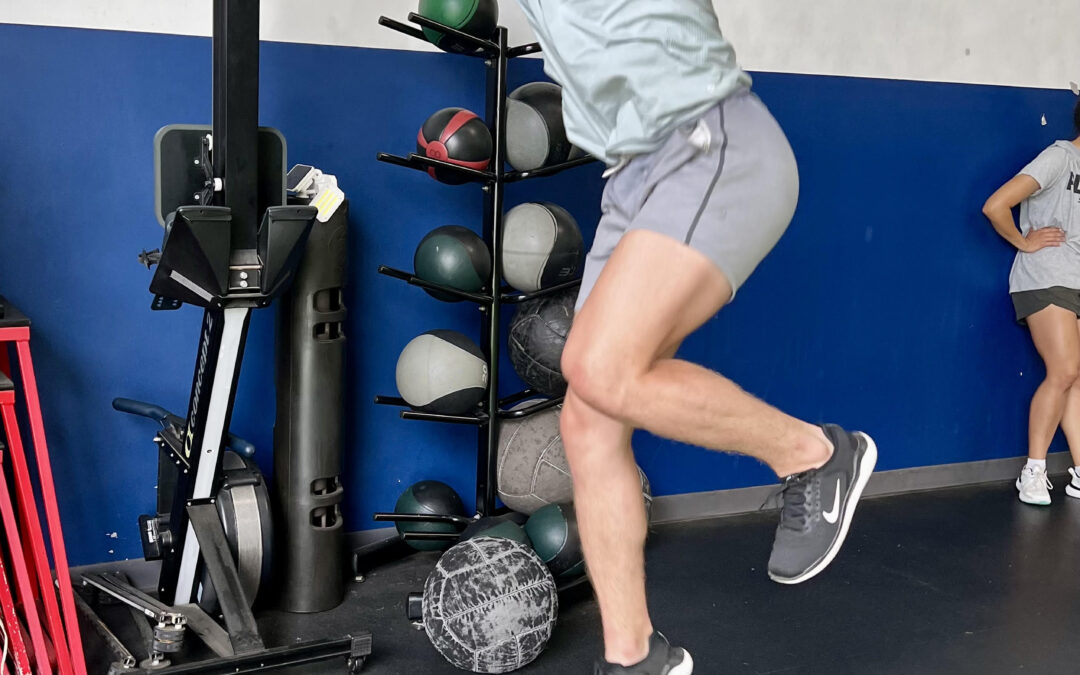One of the most important pieces of athletic development is tracking how the athlete gets better
or what they are improving on. Without that data, we can only guess and say they are getting
better. When we have baseline measurement of an athlete and can monitor their progress we
can make more informed decisions when coaching the athletes. We are going to go over why
the vertical jump is a great metric to be tested.
The Vertical Jump:
Vertical jumps are often used as a measurement of lower-body power, and thus as an indirect
measure of performance. Maximum jump height can provide key information about functional
capacity and performance in many sports and is considered an essential motor skill in a range
of team sports; including soccer, basketball, volleyball, and football.
As there appears to be a relationship between vertical jump height, 0-30m sprint times, and one
repetition maximum (1RM) back squat strength, it may be a useful measure of performance.
This relationship is likely due to the vertical force vectors by which all of these activities (vertical
jump, sprinting, and the back squat) are characterized by.
A variation can be repeated as a single-leg jump. This gives us the opportunity to compare the
power output of the right leg and the left leg and look at what, if any imbalances exist. We can
use this to tailor the training to make sure we are not only improving our performance but also fixing
our weaknesses while preventing injuries.
Austin Salerno has his master’s degree in Kinesiology and trains athletes at Compete’s Lake
Forest and Yorba Linda’s facilities.

